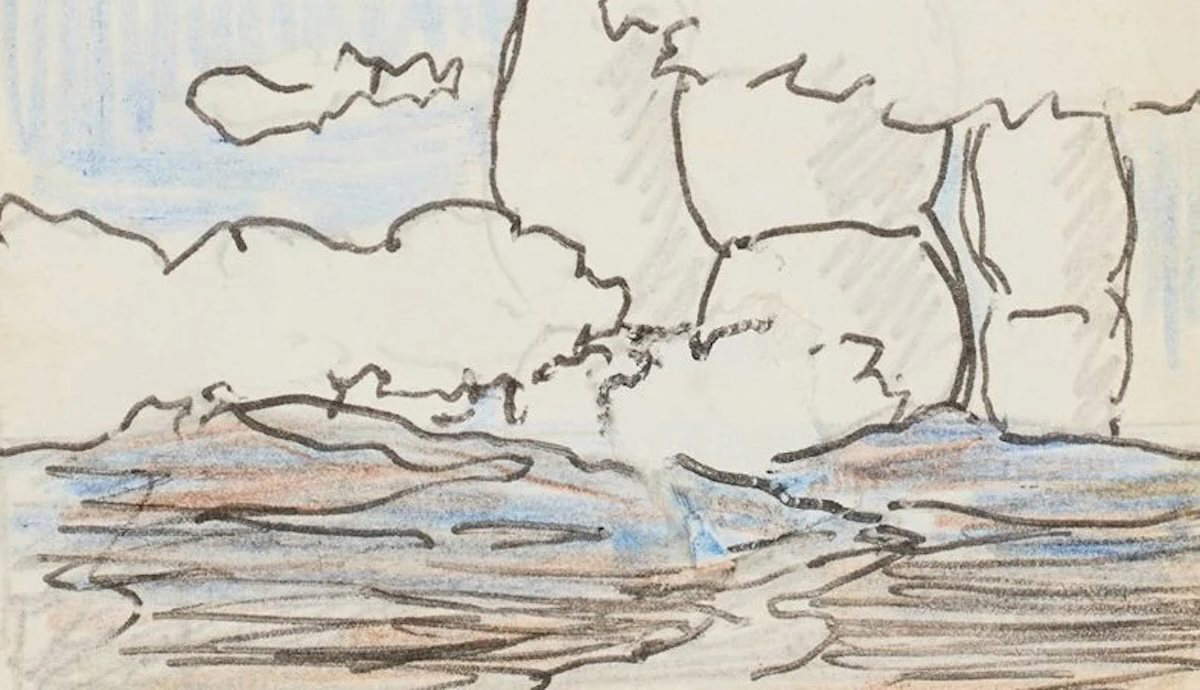
Legend has it that the wizard Merlin magically transported stones from Ireland to Stonehenge in prehistoric times. For the past century, scientists have known that many of the stones at Stonehenge were either sourced locally or quarried in Wales. A new “jaw-dropping” study into the Neolithic monument finally pinpointed the true origins of the central altar stone. Researchers used chemical analysis to determine that the six-ton, rectangular sandstone block actually came from northeast Scotland. To place it at the center of Stonehenge, builders would have had to transport the stone at least 466 miles.
A “Genuinely Shocking” Stonehenge Discovery

A new study published in Nature on August 14 demonstrated that Stonehenge’s central megalith, known as the “altar stone,” was transported by prehistoric people from the northeast corner of Scotland. Chemical analysis revealed the stone came from at least as far as modern-day Inverness or, potentially even further afield, from the Orkney Islands. One scientist described this finding as “genuinely shocking.”
“It doesn’t just alter what we think about Stonehenge,” explained Rob Ixer of University College London, one of the experts behind the study, in conversation with The Guardian on Wednesday. “It completely rewrites the relationships between the Neolithic populations of the whole of the British Isles. The science is beautiful and it’s remarkable, and it’s going to be discussed for decades to come….It is jaw-dropping.”
What is the Stonehenge Altar Stone?

The Stonehenge altar stone is not one of the monument‘s famous lintel-topped sarsen stones, which were sourced locally. Rather, the five-meter, six-ton block lies flat and partially obscured by two fallen sarsen stones at the monument’s center. The altar stone is made of old red sandstone, a sedimentary rock classified as a non-local bluestone previously thought to have been brought from Wales, alongside other parts of the monument. However, archaeologists have questioned the true origins of the “outlier” altar stone in recent years, culminating in the groundbreaking Nature study.
Archaeologist and writer Mike Pitts, who was not involved in the Nature study, described the stone’s Scottish origins as “exciting” to The Guardian. He continued, “It’s long been known that the bluestones come from Wales, but this identifies links with a quite different part of Britain, and significantly more distant from Stonehenge. So it suggests that the site was known not just to people in the south, but over a much wider area—and that opens suggestions for the whole way we think about Neolithic Britain.”
From Scotland to Wiltshire: Transportation Theories

Construction at Stonehenge began as early as 3000 BCE. Experts and enthusiasts alike are debating exactly how the builders of Stonehenge moved the massive altar stone from Scotland’s Orcadian Basin to Wiltshire, England. They would have had to drag the stone approximately 465 miles by land or float it over 620 miles by sea. The Nature study’s lead author, Anthony Clarke of Curtin University, said, “Given major overland barriers en route from north-east Scotland to Salisbury Plain, marine transport is one feasible option.”
Pitts proposed a land-based theory, saying, “If you put a stone on a boat out to sea, not only do you risk losing the stone—but also nobody can see it.” Pitts’ extensive research on Neolithic monuments informed his belief that a years-long land journey would have engaged spectators in the transportation process, making the altar stone “increasingly precious” along the way. He maintained that an overland journey “was easily within the reach of Neolithic technology.”









